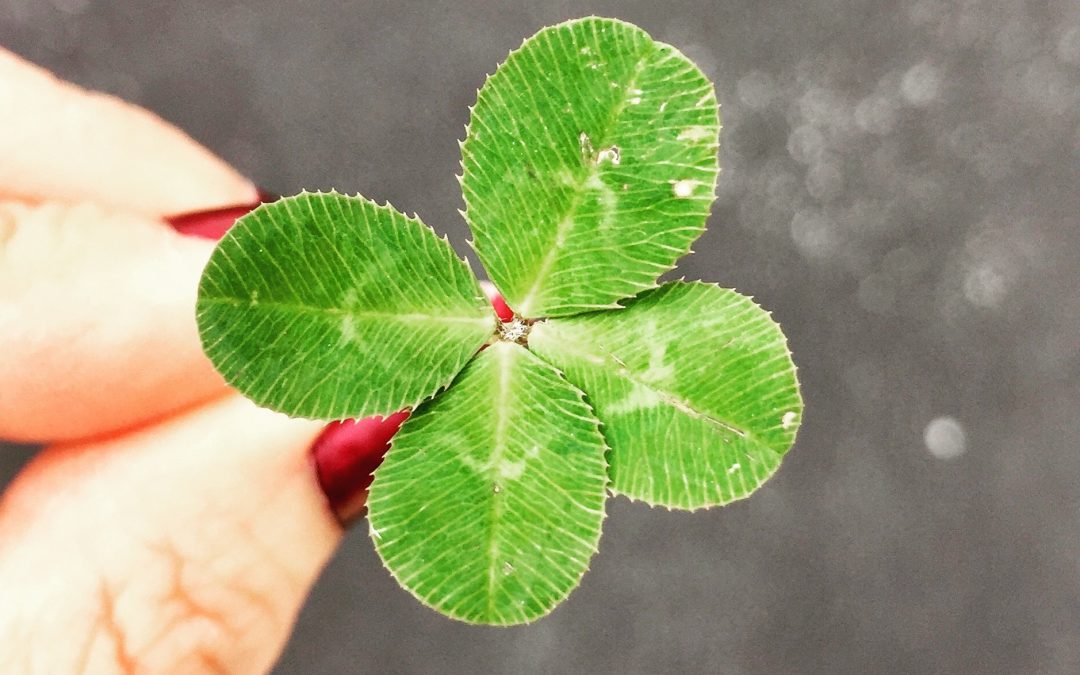Every year in cities across the US, an emerald horde flows between pubs, imbibing Guinnesses through faux-ginger beards and raising noise levels by many decibels. March 17th is St. Patrick’s day, an Americanized celebration of Irish heritage that has somehow turned the potato into a coconut candy and shamrocks into milkshakes.
Today’s parades and bar crawls may not resemble St. Patrick’s Day as it has ever looked in Ireland: in fact, the holiday was a solemn Catholic feast day. But in America, and New York City in particular, the holiday dates back to the days of Irish immigrants marching in solidarity to preserve their heritage.
That’s right: the parades and traditions most of us associate with St. Patrick’s Day aren’t really Irish at all. Instead they largely began in America, and have steadily evolved into the green tide of a leprechaun fever dream that descends upon the nation with ferocity every March.
The first parades
On March 17th, 1762, Irish soldiers serving in the British Army held the first parade in honor of the Irish feast day. The celebrations were quieter affairs at first, but that changed when record numbers of Irish immigrants emigrated to the United States a century later. The wave came as a result of the Great Famine in Ireland, which forced many to relocate in the mid-to-late 19th century.
As the Irish population grew in America, the celebration grew as well. Since the Irish were initially subjected to unfair treatment and xenophobia in the States, the celebration was one day they could come together to honor their roots in spite of discrimination. Falsely characterized as drunken and violent by outsiders and scorned for their Catholicism by Protestants, the holiday let them show pride in their hybrid identity as Irish Americans with a stake in both the past and present.
Before long, Irish-Americans began to dominate American demographics: Irishmen made up about a quarter of New York City by 1890, and they even outnumbered the population of Dublin at one point. As Irish societies and organizations emerged in New York City, the annual St. Patrick’s Day parade grew even larger. Before long it was the largest in America, and for a time the largest in the world.
The popularity of America’s St. Patrick’s Day celebration inspired Ireland to mimic the revelry back home with military parades, though pubs were closed that day until the mid-1960s. Celebrated as a religious feast day since the 17th century, the holiday didn’t become a public one in Ireland until 1907.
Modern day
Like most other major holidays, during the 20th century St. Patrick’s Day became a great commercial opportunity complete with greeting cards, streamers, treats and T-shirts. By this time the celebration was no longer limited to Irish-Americans, either: it was ubiquitous, a testament to the strength, power, and enormous number of Irish Americans.
Every year since 1991, the entirety of March has been declared Irish-American Heritage Month (in addition to Women’s History Month, of course). St. Patrick’s Day itself is not a federal holiday in the US, but it’s still marketed as a major holiday and as such you’ll see signs of it everywhere, from Chicago’s green-dyed river to the White House’s fountain and the Empire State Building.
The annual parade in New York City has evolved too. Once just an informal gathering of homesick Irish immigrants, the parade is expected to have about 200,000 people marching up 5th Avenue. The largest turnout was in 2002 with 300,000 marchers, parading in honor of 9/11 heroes.
Though much has changed, commercialization chief among deviations, some things remain the same: for example, the marching past St. Patrick’s Cathedral, wearing green, and the performance of traditional Irish tunes. With 39.6 million Americans today claiming Irish heritage — seven times the entire population of Ireland — it’s easy to see why the holiday is more popular than ever, shamrock shakes and all.
Featured image: gigi_nyc via Flickr

